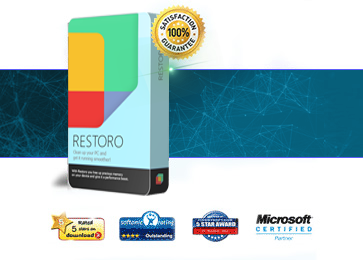The best way to keep your computer safe is to prepare yourself and your PC for potential virus threats before they can attack your system. Today, we’re going to teach you some tips and strategies for protecting yourself against malicious software.
Web Browsing
Almost all viruses come from the internet. They cannot be spontaneously created on your computer. Instead, they are created by people around the world and then sent through the internet to infect your PC.
Today there are more viruses than ever. New, updated versions of malware are being released every day, which makes being prepared and cautious all the more important.
The type of browser that you use to surf the internet (like Chrome, Internet Explorer, or Firefox) will have an impact on the level of protection you receive. However, the ‘big 3’ browsers are all relatively equal in terms of security, and it’s more important to have an updated browser than a specific type.
With viruses changing every day, browser companies are responding to malware threats as often and as much as they can by pushing out regular security updates. Most browsers will come with their own pop-up blocking software which can be very useful in preventing the spread of viruses.
While pop-up windows are designed to look enticing, they’re often sources of spyware and other malicious programs. If you do end up clicking on a pop-up advertisement, prepare to be disappointed.
Unfortunately, some pop-up windows are difficult to close. If pressing ‘Escape’ doesn’t work, then you can try Windows shortcuts like Alt+F4 or Ctr+W to manually close the pop-up. If neither of those two shortcuts work, then try using Ctrl+Alt+Delete to open the Windows Task Manager and exit out of the pop-up by ending the process. This is useful if the pop-up advertisement is particularly persistent.
Some websites will infect your computer even when you just view the page. Fortunately, more recent versions of Mozilla Firefox and Google Chrome will often block users from visiting these types of pages. Always beware of what kind of information you are entering on a web page, as even the most trustworthy-looking website could be involved in a complex phishing scheme. Never enter your credit card number of Social Security Number over an unprotected connection with a website (always be sure https is in front of your URL instead of just http. Websites that are committed to protecting your security will also have a lock icon displayed in the bottom right corner of the page or near the address bar.









